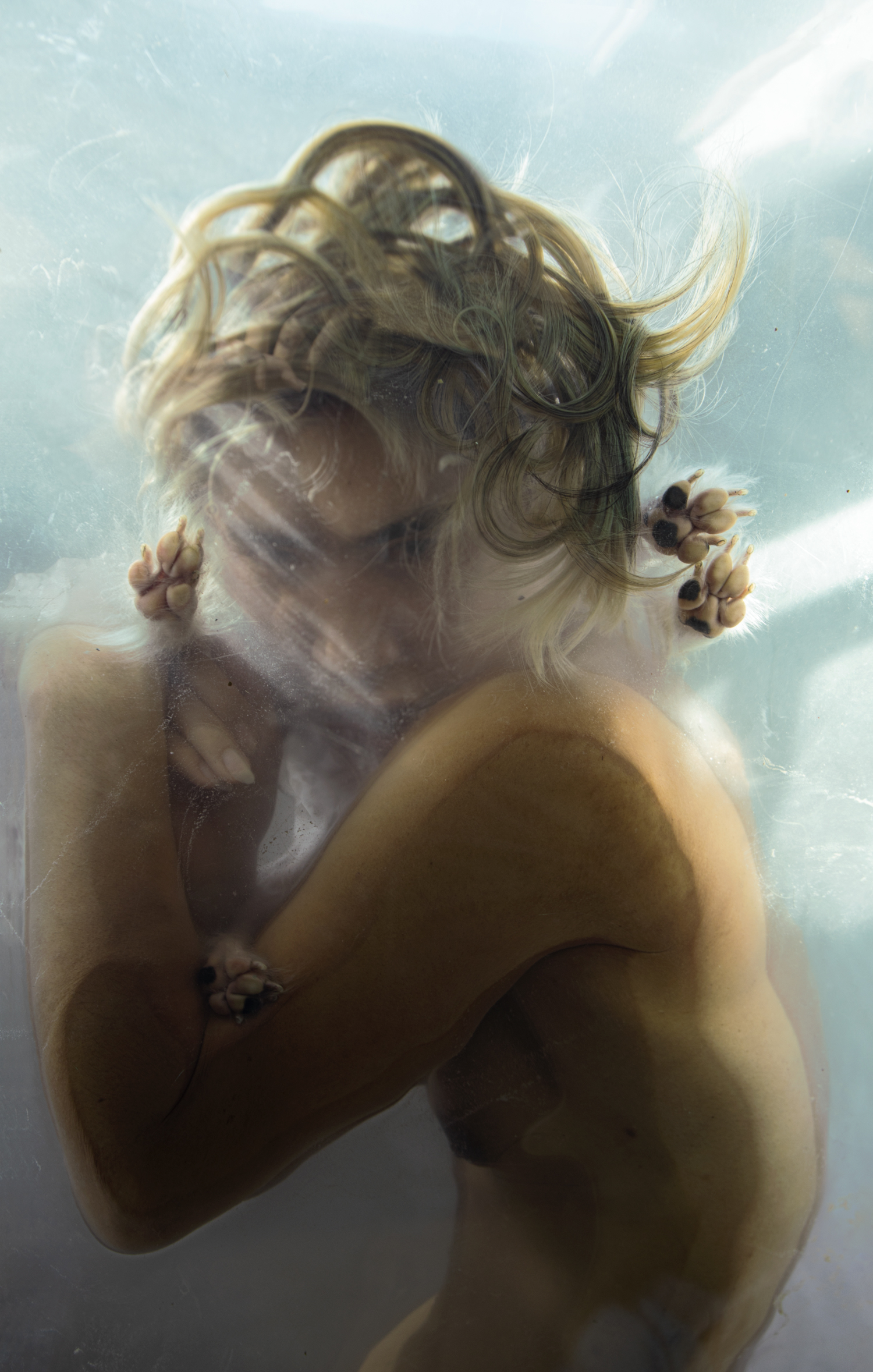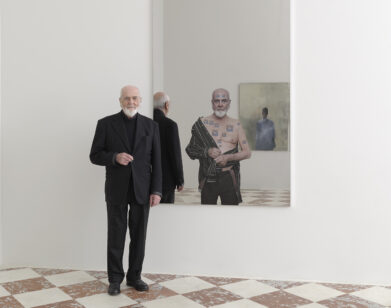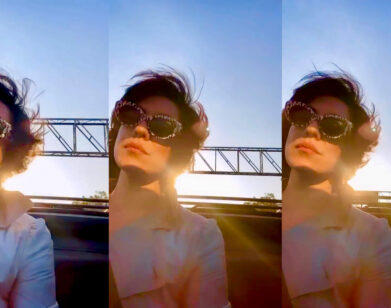art
Everything, All At Once, Through the Eyes of WangShui
Dripping, crackling shards of laboratory-made materials emitting, like alien shrapnel, low-frequency groans. Silkworms mating on a horizontal television screen. Drones flying through gaping holes in Hong Kong high-rises. Teen lips on bubble-tea straws. These are some of the objects, images, and moments that we find in WangShui’s work. But what is WangShui? A person? A persona? An approach? The answer probably depends on what you’re looking for. Technically I’ve met WangShui, the person, a few times.
They always greet me warmly, with focus and curiosity. But even when we’re together on a back porch at some party, I imagine that there are parts of WangShui that never leave the sky, that are permanently skimming back and forth across the planet, taking aerial shots of Earth. Or maybe they’re at the bottom of the ocean, alongside whatever phenomenon sends out that rumbling, underwater which anatomy tells us very little “bloop” that scientists can’t seem to figure out.
In 2019, WangShui staged a multi-media installation at Julia Stoschek Collection in Berlin, comprising flexible LED mesh, multi-channel videos, mulberry leaves, live streaming cameras, and pupating silkworms; everything in the gallery seemed to be involved in a natural cycle and an evolving technological experiment. The pandemic has postponed several exhibitions, including an upcoming show on posthumanism at the Hammer Museum in Los Angeles, but the “studio” of WangShui is pushing forward in uncharted directions. Right now, they’re devoting most of their time to producing an episodic series they describe as a “psycho-sitcom set in the San Gabriel Valley, based on my experience growing up there—Twin Peaks meets Friends for bubble tea.”
With the state of the world, they said, “I’ve become more interested in subverting formats that could reach wider audiences. Like entertainment.” They also recently released a scene from Shotgun Sunset, a miniseries shot on 16mm film commissioned by the activist group StopDiscriminAsian, about two nonbinary Asian characters who drive across the country together. What’s more, they’ve started writing a book about their crested dog, Psychic.
Each piece in WangShui’s cosmology seems to orbit a few central tenets: depicting queer youth culture as the science fiction it is; treating animals, objects, and people as equal actors; summoning a world in which anatomy tells us very little about a person; and reminding us that everything, even the “things” we think we’ve built, are alive. When considering their pieces, I luxuriate in composite word and linguistic associations: transnational dys(phoria) location; porn without people; interplanetary rave; techno-metropolitan animism; BD(A)SM(R) underworld; downtempo goth propaganda; anti-American Americana; un-orientalist object ontology. WangShui, whatever they are, brings you in close for a whisper, in the dark, then casts you out into the stratosphere, where they grab you by the hair and force you to look down at the world.







